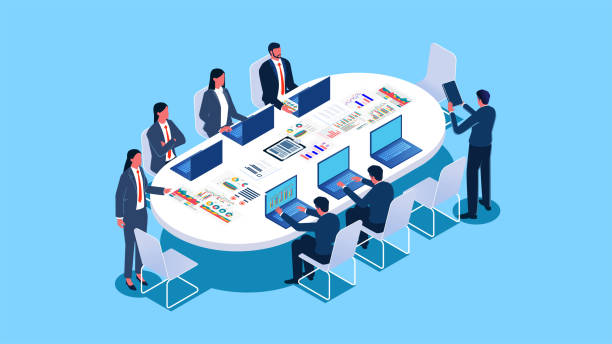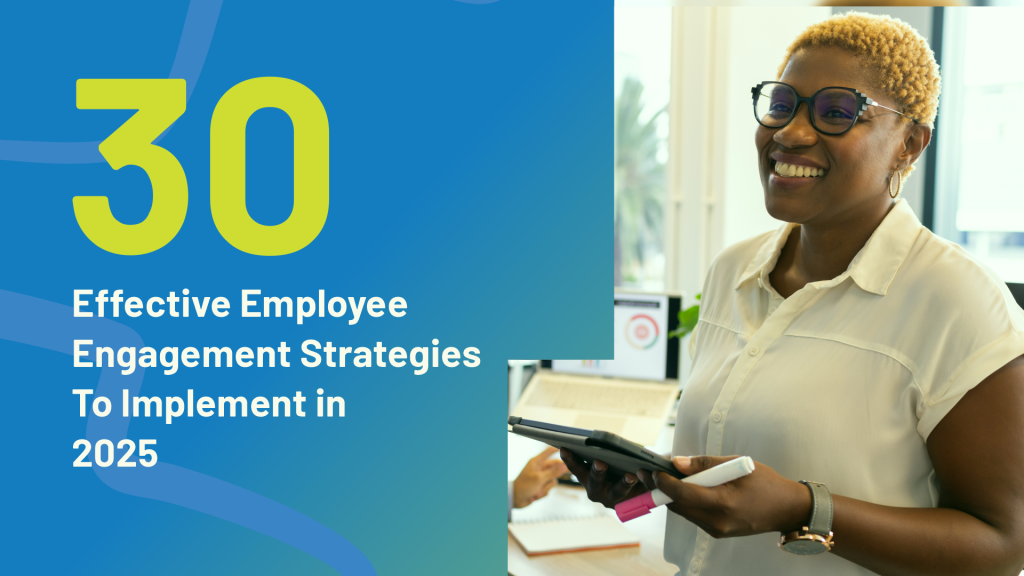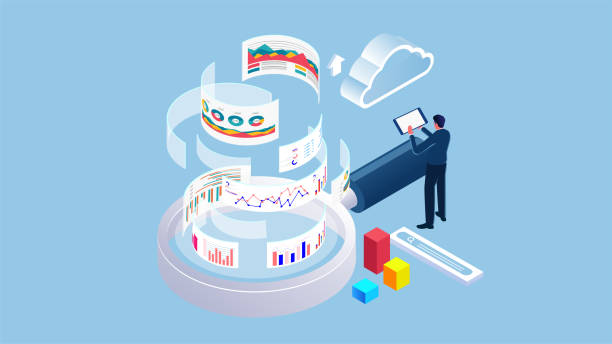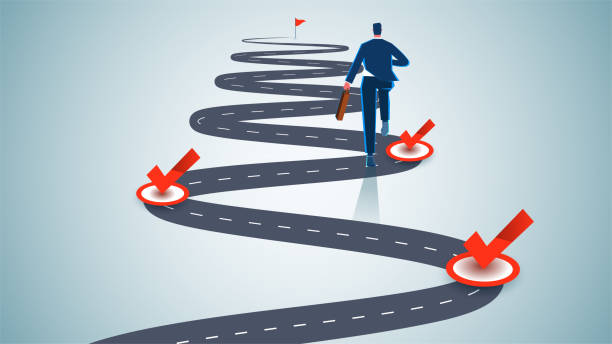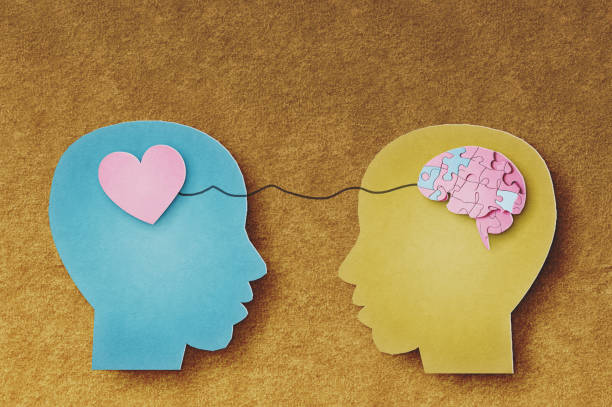12 Apr 2024
Decoding the Customer: The Psychology Behind Stellar Customer Service
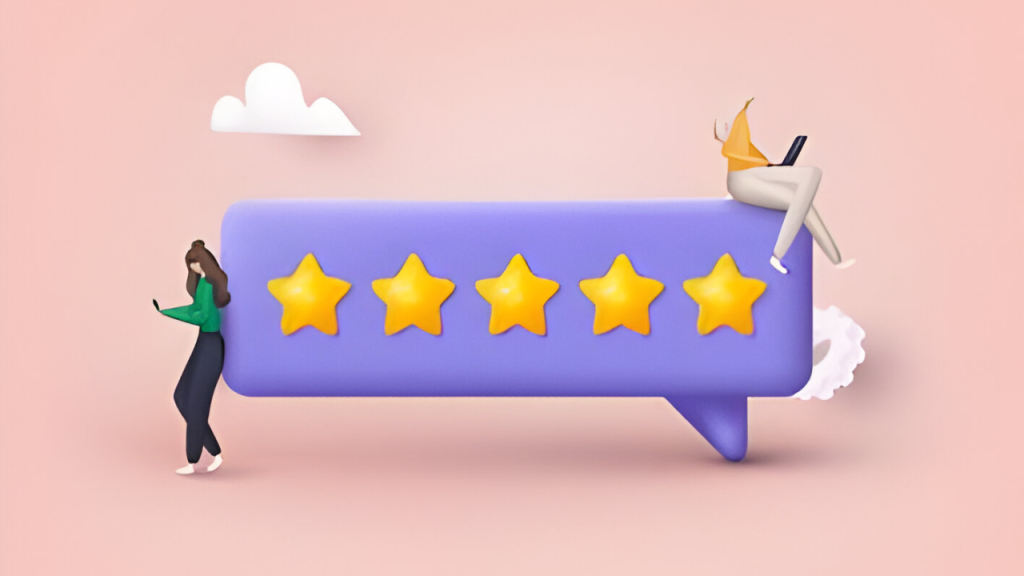
Have you ever hung up the phone after a customer service interaction feeling more frustrated than when you started? It happens to all of us. But what if there was a way to turn those frowns upside down? The answer lies in understanding the psychology of customer service. As Maya Angelou said, “People will forget what you said, people will forget what you did, but people will never forget how you made them feel.” Positive customer service interactions create positive memories, and that’s the key to building brand loyalty.
Building Rapport: The Power of Empathy
So, how do we tap into the minds of our customers? Customer service psychology focuses on understanding the motivations, emotions, and thought processes that drive customer behavior. By considering these factors, businesses can develop strategies to build rapport, manage expectations, and ultimately, create a satisfying customer experience.
One key element in building rapport is empathy. Imagine yourself in your customer’s shoes. What are they frustrated about? What are they hoping to achieve? Studies by Bain & Company show that customers who feel heard are four times more likely to return to a business. Actively listening and acknowledging their emotions demonstrates that you care about their situation.
Empowering Customers: Taking Control of the Experience
However, empathy is just the first step. Customers also crave a sense of control. Empower your customer service representatives (CSRs) to solve problems independently. According to a Zendesk report, 80% of customers expect a resolution during their first contact. When a customer feels like they’re getting the runaround, frustration sets in. Give your CSRs the tools and resources they need to address issues efficiently.
The Language of Satisfaction: Using Words to Win Customers
Another important aspect of customer service psychology is the power of positive language. Phrases like “Let me see what I can do” or “We appreciate your patience” go a long way in calming ruffled feathers. The right use of words can enhance communication, build trust with the customer, and elevate customer satisfaction levels. Avoid technical jargon and focus on clear, concise communication.
De-Escalation Techniques: Calming Upset Customers
But what about those inevitable angry customers? The key is de-escalation. Use a calm and professional tone, even in the face of hostility. Acknowledge their anger and validate their feelings. Focus on finding a solution, not assigning blame. Remember, a satisfied customer is a walking advertisement for your brand, while an angry customer can share their negative experience with ten or more people.
Educating and Guiding: Helping Customers Make Informed Decisions
Sometimes, though, customers aren’t always angry. They might be confused or indecisive. In these cases, the focus should be on education and guidance. CSRs should be product experts who can answer questions clearly and provide helpful recommendations. Consider using visuals or analogies to simplify complex concepts. The goal is to empower the customer to make informed decisions.
The Rise of Tech: Self-Service and Human Interaction
Technology also plays a growing role in customer service psychology. Self-service options like FAQs and chatbots can provide immediate assistance for simple inquiries. However, it’s important to remember that these tools should complement, not replace, human interaction. For complex issues, customers still value the ability to speak to a live representative.
The Power of Appreciation: Thanking Your Customers
Finally, don’t underestimate the power of gratitude. A simple thank you for a customer’s patience or business can leave a lasting positive impression. You can even go a step further by offering incentives like loyalty programs or discounts. Remember, it’s always cheaper to retain a customer than to acquire a new one.
The Bottom Line: Building a Psychology-Driven Customer Service Strategy
By understanding the psychology of customer service, businesses can create a positive and memorable experience for their customers. This translates to increased customer satisfaction, loyalty, and ultimately, business growth. In today’s competitive landscape, prioritizing the customer experience is no longer an option, it’s a necessity. So, the next time a customer reaches out, remember, that a little psychology can go a long way.
Join 2000+ Subscribers
Subscribe to Our newsletter to stay informed

UK: 5, Seacourt road, London. SE2 9UW
NIGERIA: 11a, Mojidi Street, off Toyin Street, Ikeja, Lagos.
GHANA: F393/4 Otwse street, Osu, Accra, Ghana
(+234) 901 278 1155
info@protenintl.com
Our Services
Latest Tweets
Lorem ipsum dolor sit amet, consectetur adipiscing elit. Donec nec metus libero. Aliquam non mauris.
Copyright © 2024 Proten. All Rights Reserved
Terms Of Service
Privacy
Cookies





